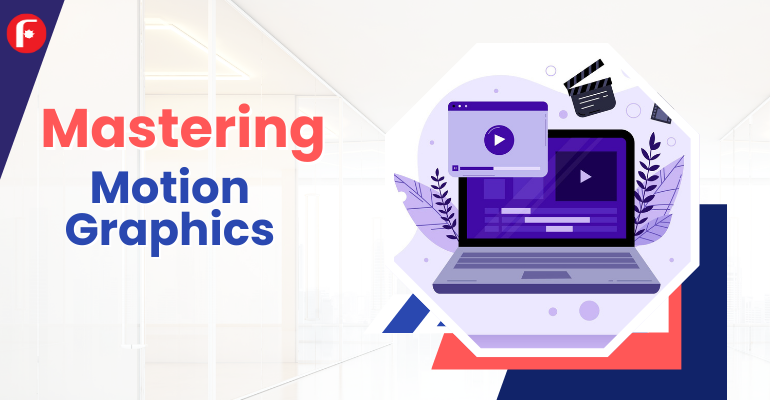info@futuremultimedia.in

Motion Graphics Courses in Indore: Master Class
Unleash your inner artist with our dynamic Motion Graphics courses in Indore. Learn the art of bringing visuals to life with industry-standard software
Course Overview
This intensive course focuses on mastering Adobe After Effects, the industry-standard software for motion graphics. You'll delve into core tools and techniques, including keyframing, masking, rotoscoping, tracking, and 3D animation. Explore advanced compositing, visual effects, and text animation to create dynamic and engaging motion graphics for film, television, advertising, and online platforms.
Key Features:
Fundamentals of Motion Graphics:
Adobe After Effects Mastery:
Additional Software:
Motion Graphics Styles and Techniques:
Industry Trends and Best Practices:







